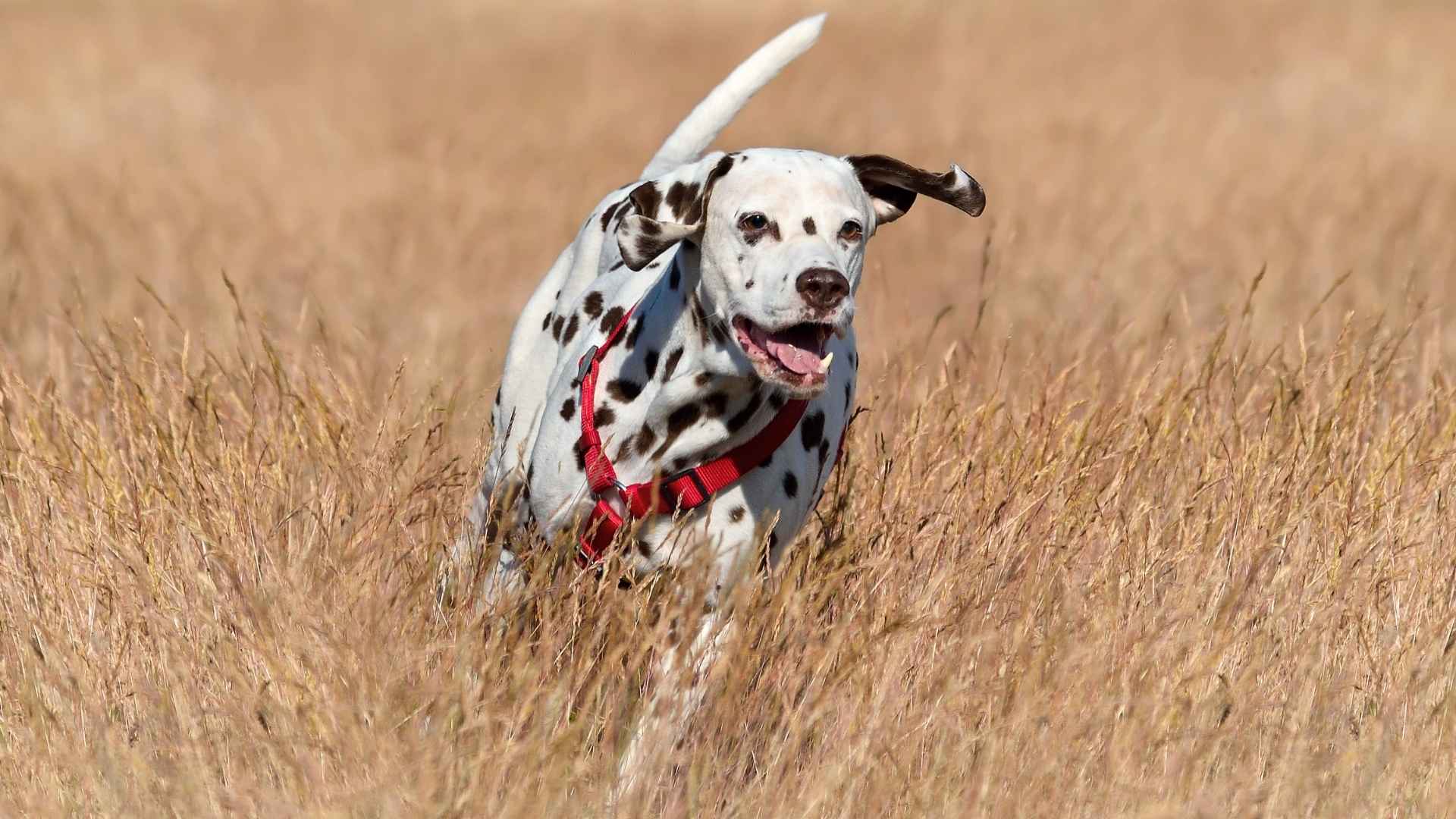Have you ever driven past a wide field and thought, “Man, a dog would love that”? Not every dog, but those dogs. The ones who don’t just walk. The ones who need to run.
The one who gets that wild look when they see open land. They’re not trying to impress anyone. They just know what to do when there’s no fence, no leash, no stop sign. It’s built into them. You don’t teach it.
You just step back and let it happen. Some people need the gym. These dogs? They need space. That’s their therapy. That’s their spark. That’s when you see them at their best.
And if you’ve got the land or just love to see freedom in motion, these dogs will stick in your mind long after they stop running. Want to know which ones live in wide spaces? Stick around.
Dog Breeds That Love Running In Open Fields
1. Labrador Retriever
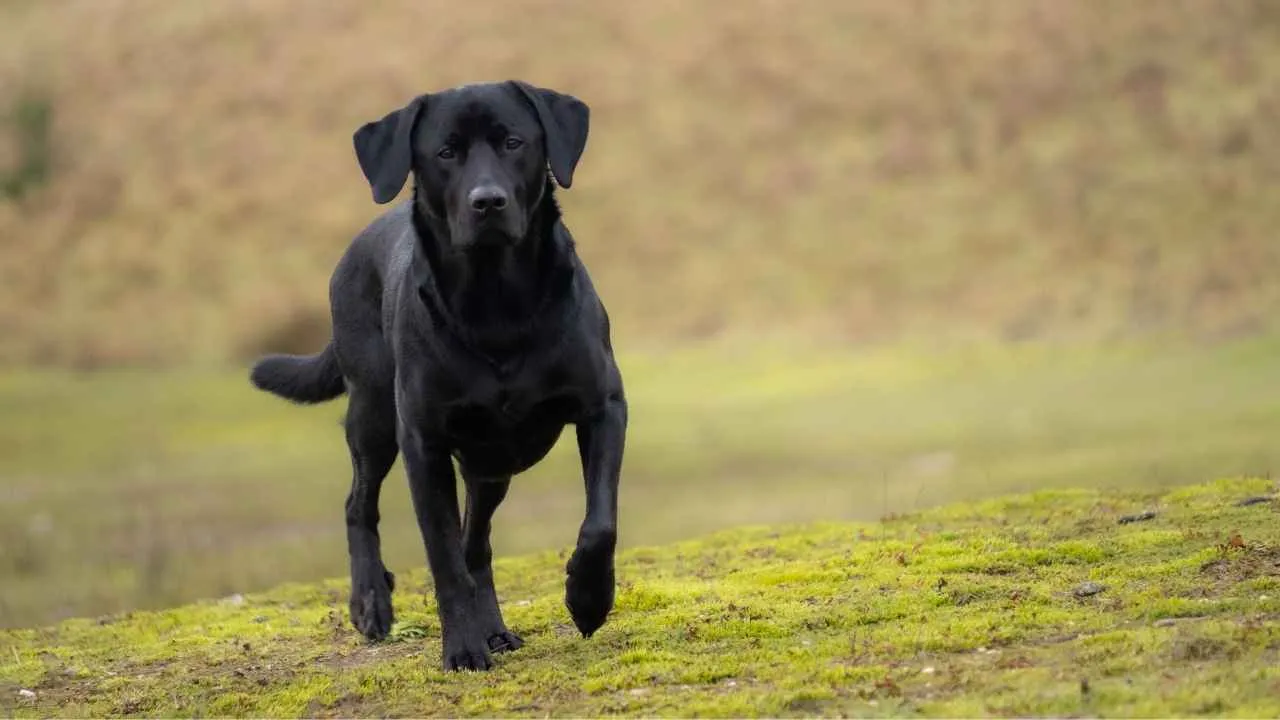
Bred to retrieve downed waterfowl across marshes and fields, Labradors have exceptional stamina that supports long-distance activity. Their stride stays balanced even on uneven terrain, making open fields their natural playground.
Mental Drive to Stay in Motion
Labs don’t run just to burn energy—they often stay alert to commands mid-run, making them ideal for field-based tasks. Their movement is purposeful, as they tend to track scents or scan the area while moving. This mental engagement keeps the running instinct sharp and fulfilling.
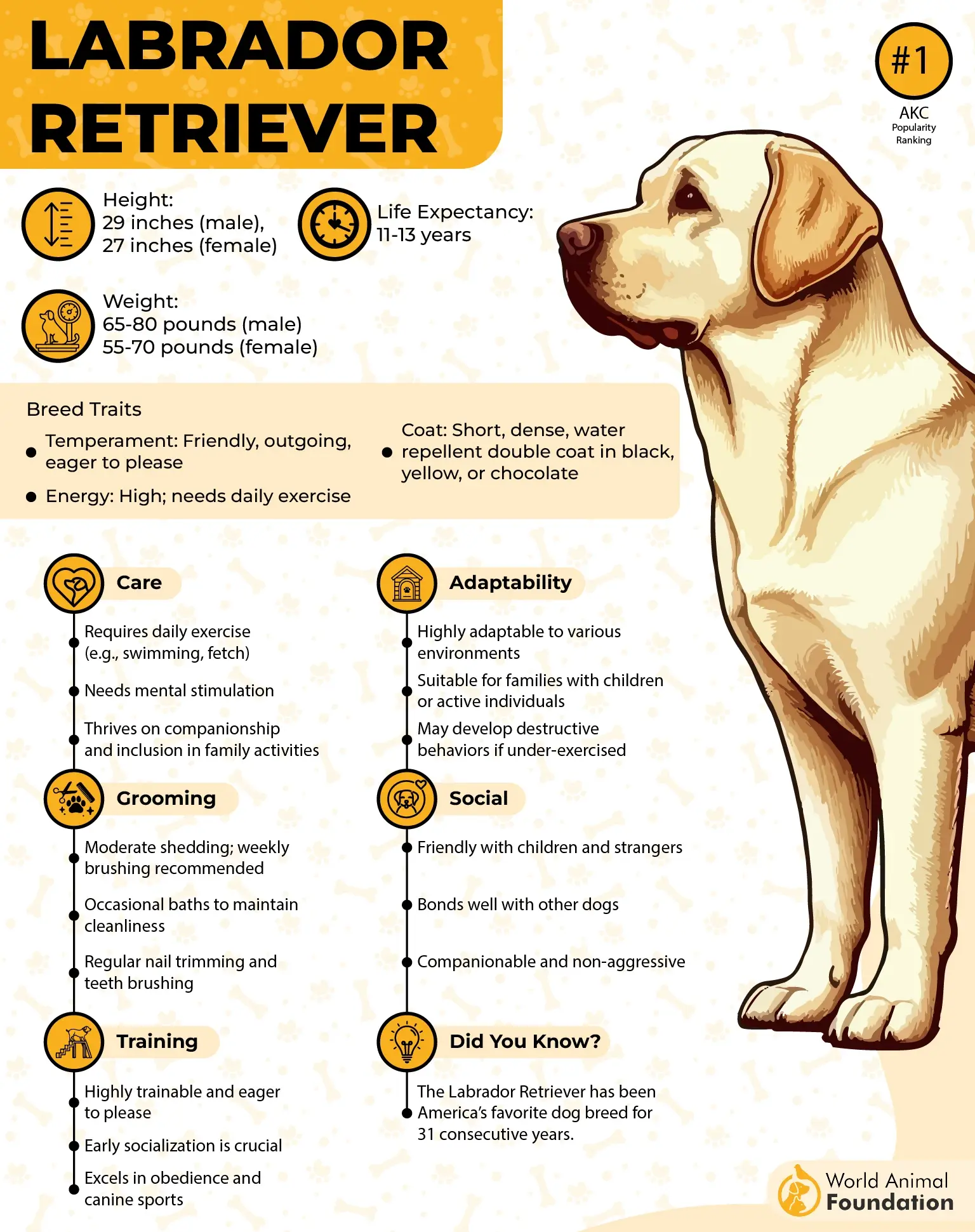
Built to Navigate and Adapt
With muscular frames and weather-resistant coats, these athletic dogs transition smoothly between grasslands, wooded paths, and muddy banks. They rarely slow down due to terrain changes, and their webbed feet provide a better grip during fast sprints. These details explain why they dominate in field trials.
Natural Bond With Open-Space Activity
As one of the most dependable hunting dogs, the Labrador retrieves not just game, but attention and respect from active owners. Their comfort in open fields often makes them pace-setters when running alongside other dogs. It’s a trait that continues to serve in search tasks, rescue work, and daily outdoor routines.
2. Siberian Husky
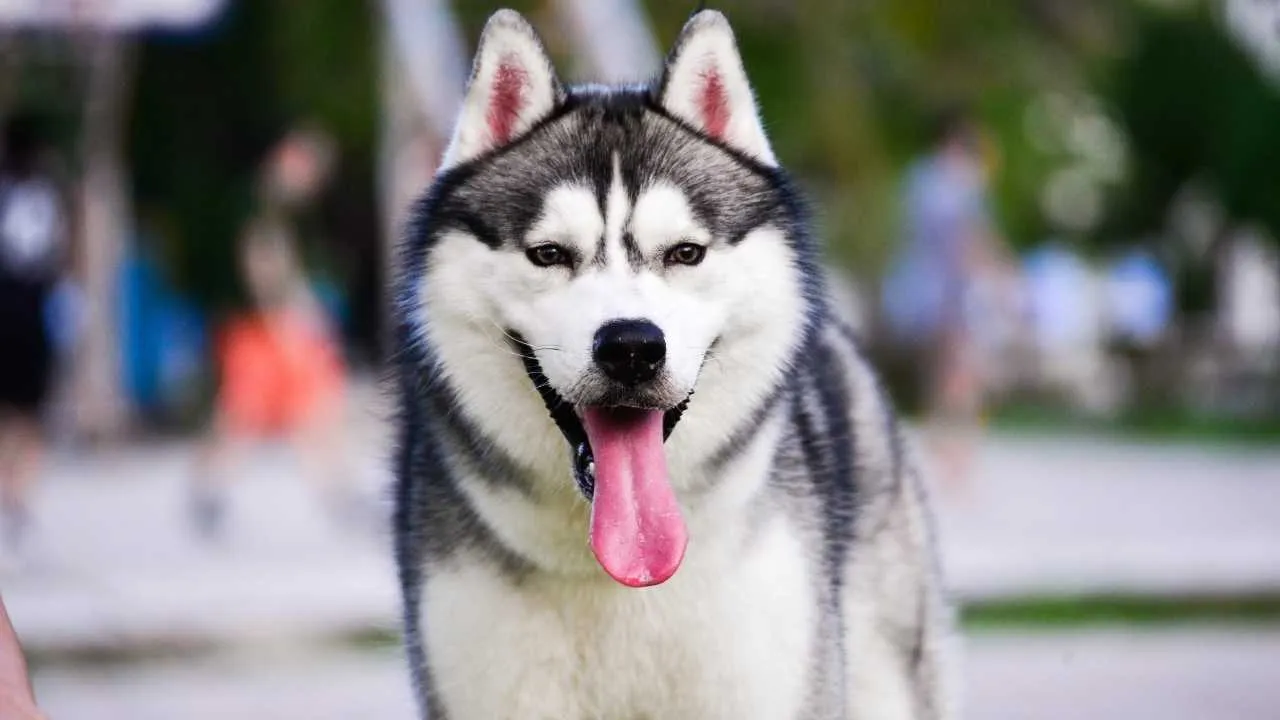
Siberian Huskies were originally bred by the Chukchi people to pull sleds across icy tundras for hours without fatigue. Their muscle composition favors sustained aerobic output, not just quick bursts. Even in open fields, they maintain pace over long distances with remarkable efficiency.
Cold-Climate Conditioning for Movement
They naturally regulate body temperature while running, thanks to their dense double coat and high metabolism. This allows Huskies to remain active across changing weather and wide landscapes. Their running drive doesn’t dip even after miles—fatigue resistance is part of their build.
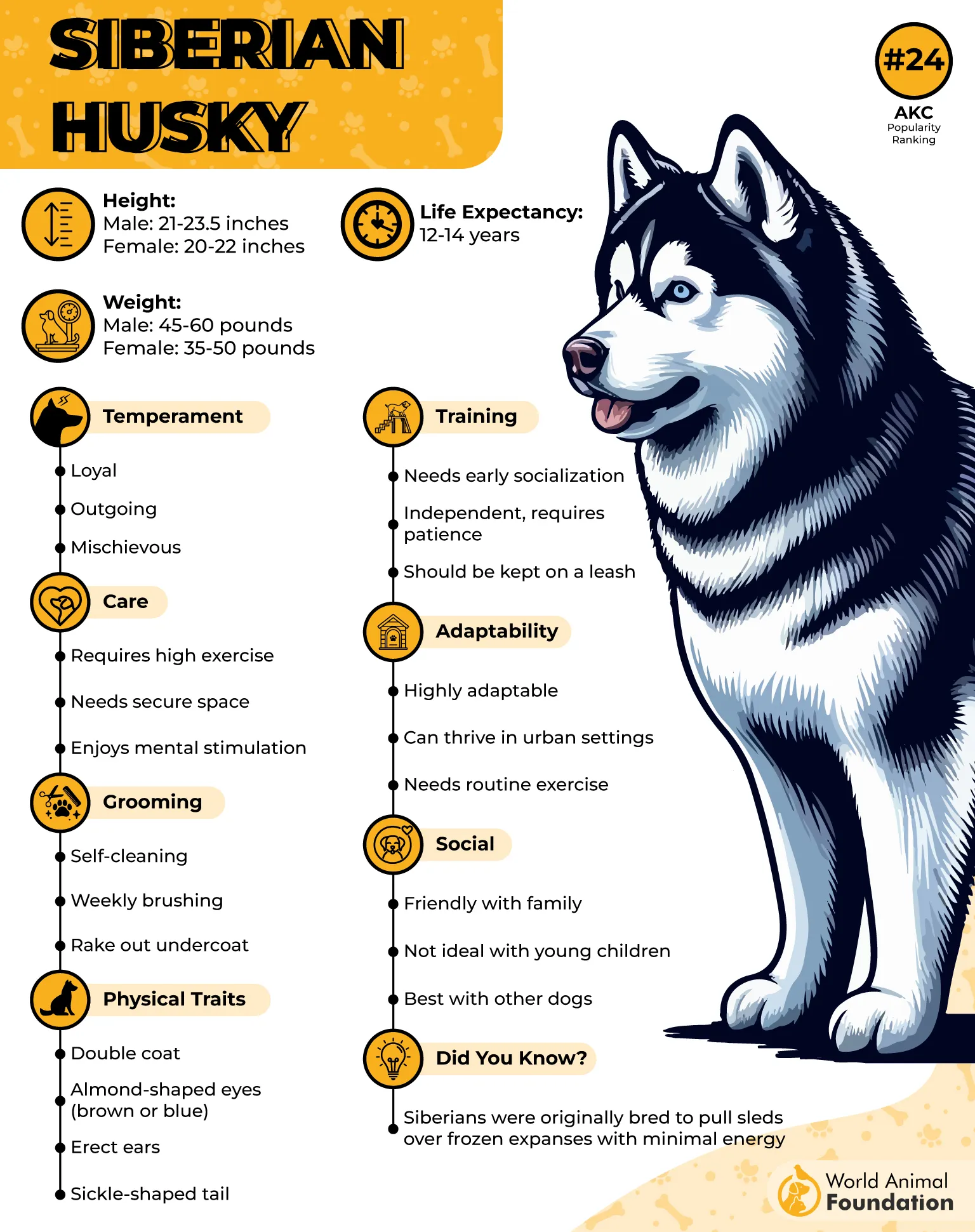
Instinctual Mapping in Motion
Huskies show strong directional memory, often tracing back paths without commands in unfamiliar areas. They rely on subtle environmental markers and natural orientation skills. That ability makes them an ideal canine companion in expansive outdoor settings where trails may loop or split.
Social Energy With Outdoor Focus
Their active lifestyle needs aren’t limited to stimulation—they genuinely enjoy matching pace with humans or packs. Open spaces let them express their complex energy, often syncing rhythmically with dogs, and thrive in environments where movement feels natural. Speed is a language Huskies understand fluently.
3. Jack Russell Terrier
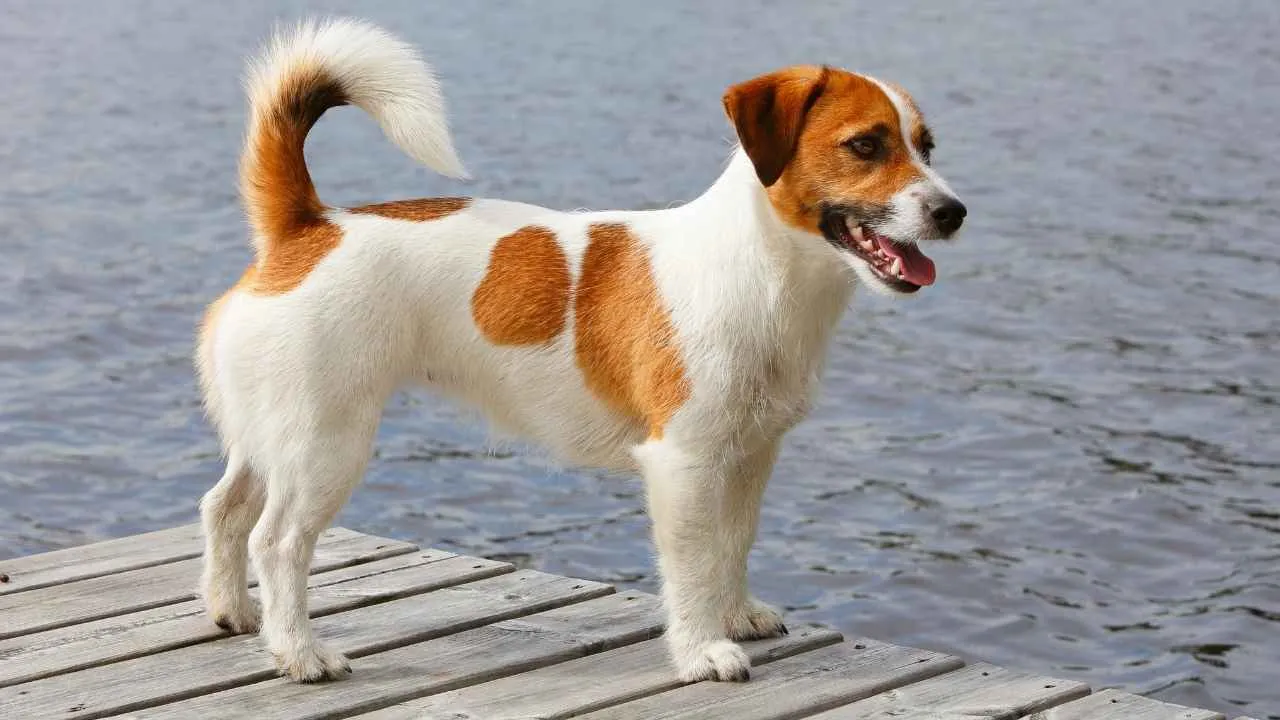
Originally bred for fox hunting, Jack Russells are hardwired for sprinting through fields, tunnels, and rough patches with rapid acceleration, as Britannica mentioned. Their compact build doesn’t restrict them; it sharpens their ability to dart and pivot through tight, unpredictable landscapes.
Mental Precision While in Motion
They aren’t aimless runners—Jack Russells work in sync with their environment, adjusting their pace based on terrain or scent. This tactical running behavior mirrors how they historically flushed prey from burrows. Even in open fields, they treat every run as a focused, goal-oriented task.
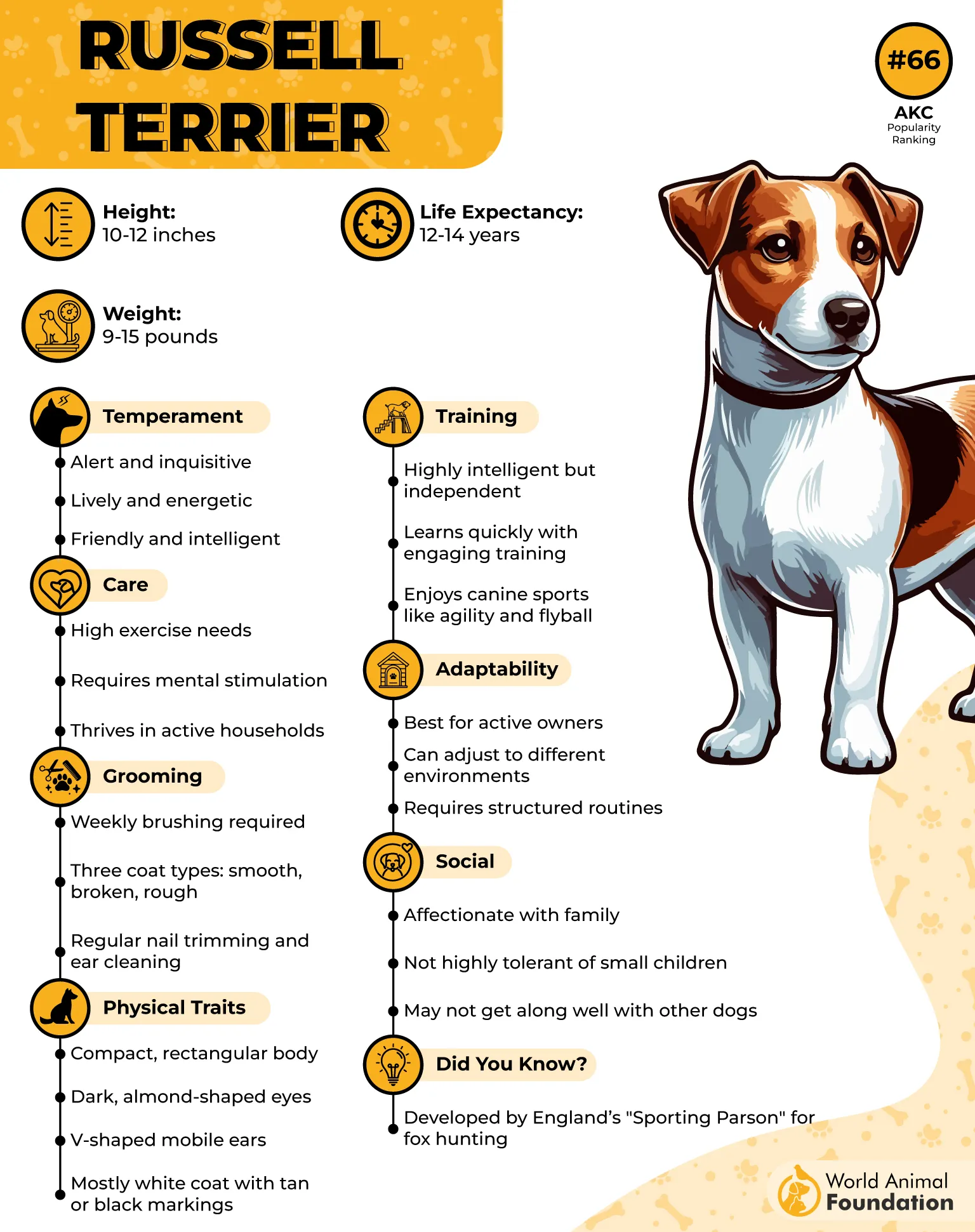
Built for Energy Distribution
With a lean frame and incredibly high energy reserves, these running dogs can easily outpace larger breeds across short bursts or sustained chases. Their center of gravity stays low, allowing them to maintain balance even on sloped or uneven paths. They rarely burn out mid-run if properly conditioned.
Small Dog, Field-Ready Mindset
While not all dogs translate indoor energy to field performance, Jack Russells excel in outdoor routines that demand endurance and alertness. Despite their size, they rival larger canines in determination, making them reliable, loyal companions for runners and outdoor handlers who prioritize speed and agility.
4. Bernese Mountain Dog
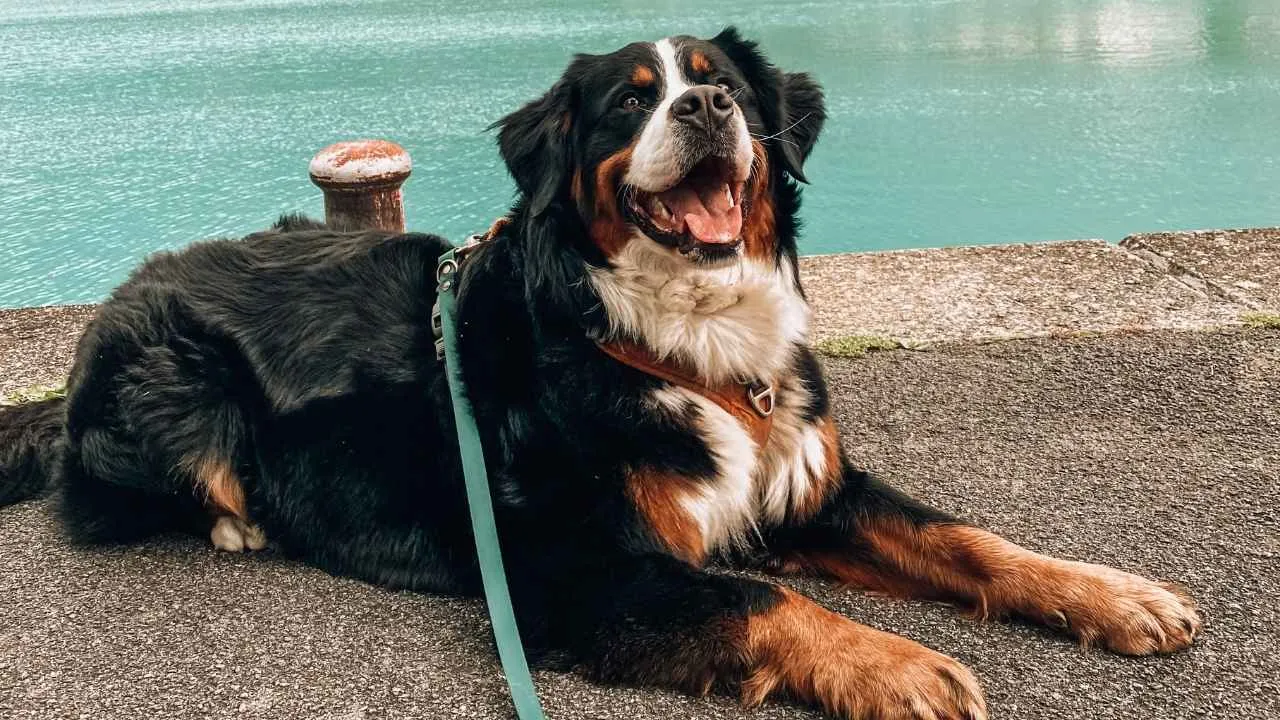
Bernese Mountain Dogs were originally bred to work in the Swiss Alps, pulling carts and driving cattle through hilly terrain. Their muscular build carries them with power on inclines, giving them surprising uphill endurance. That origin explains their comfort with varied elevation and open, rugged landscapes.
Cool Weather Keeps Them Moving
With their thick double coat, they stay comfortable during sustained activity in cooler environments, as per Showsight Magazine. Berners often stay active longer than short-coated breeds in early mornings or shaded trails. It’s one reason they’re frequently spotted accompanying hikers in alpine climates.
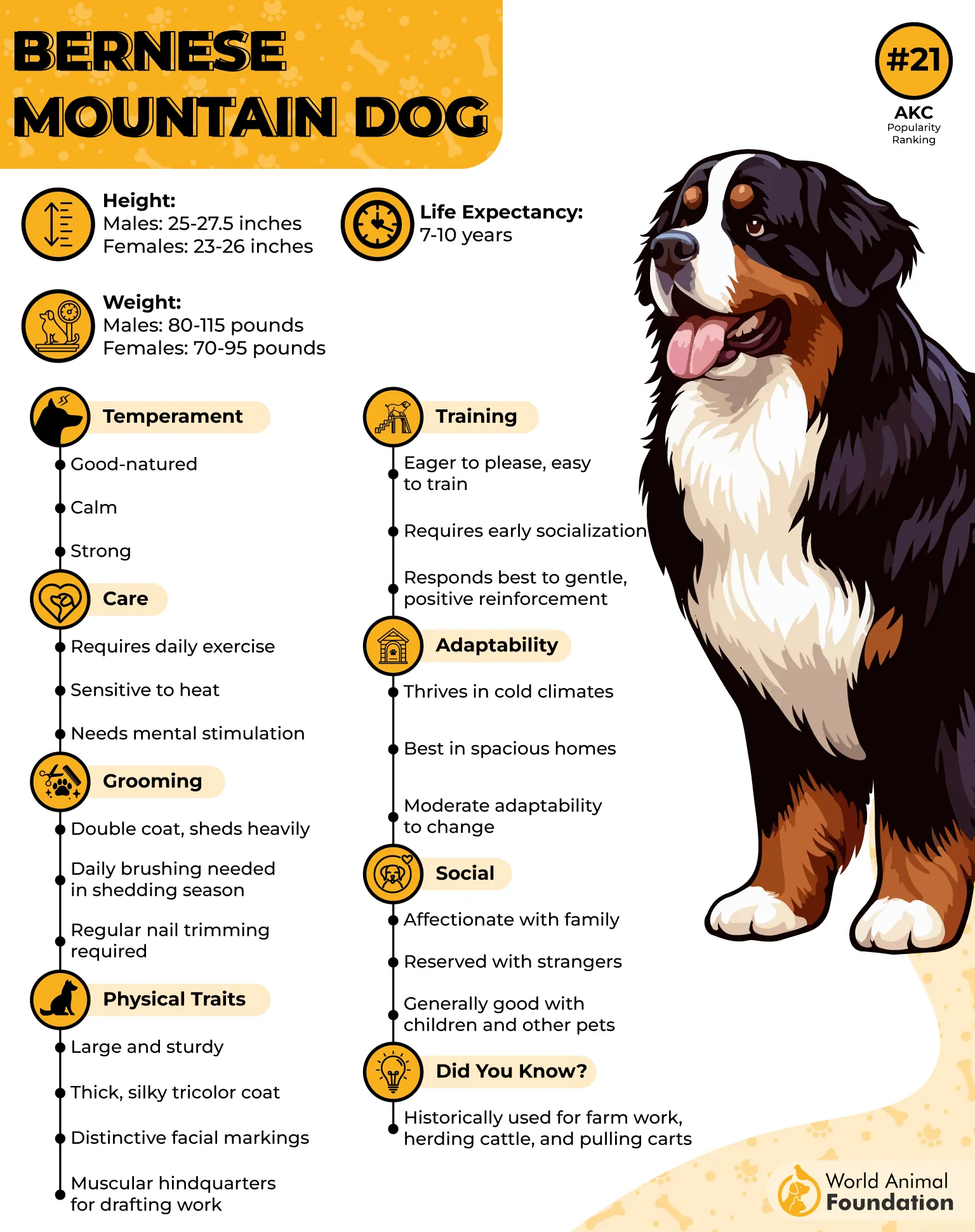
Purpose-Driven Field Movement
They often pace themselves in long strides rather than quick bursts, which makes them ideal for steady movement across open space. This movement style reflects their background, where endurance was more valued than speed. When they roam, it’s deliberate and spatially aware, not chaotic.
Pulling Instinct Enhances Their Pace
A lesser-known but true fact: Bernese Mountain Dogs have been used in drafting competitions for decades. This cart-pulling history gives them a strong rear drive that naturally translates into confident, ground-covering runs. That internal push makes open fields not just suitable, but rewarding terrain.
5. Vizsla
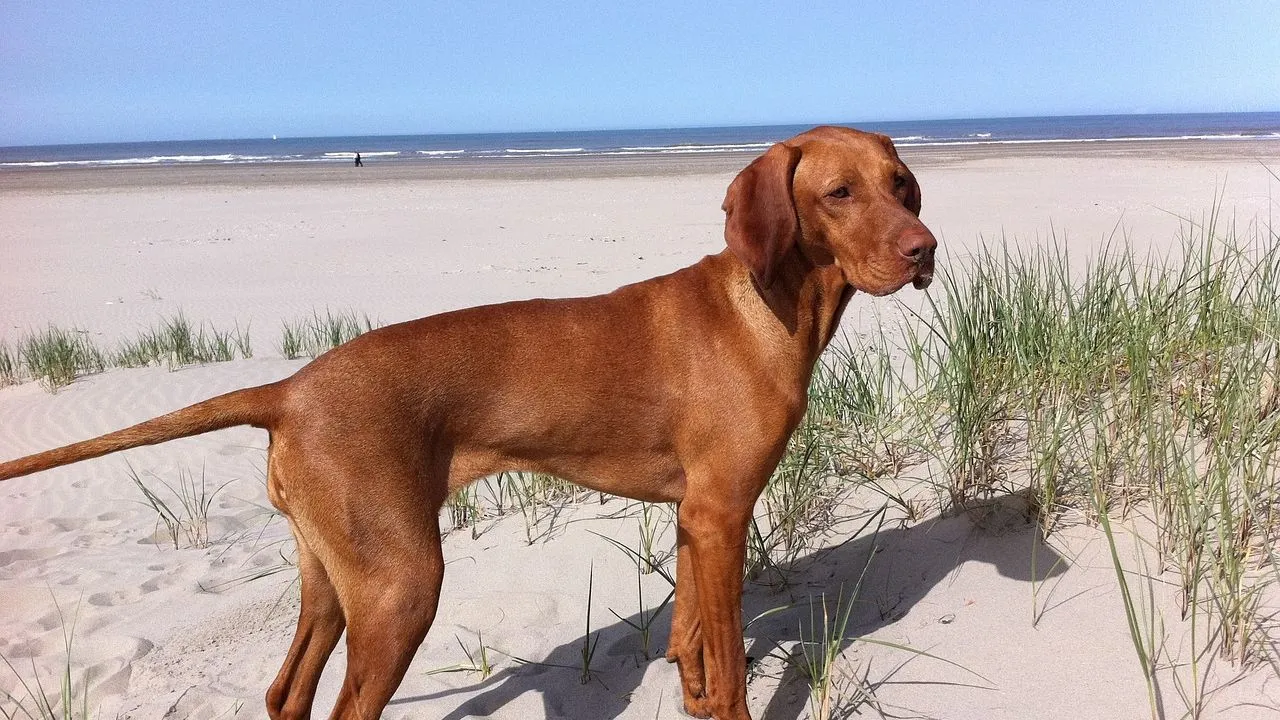
Vizslas have a lean frame with tightly knit muscles, originally developed to keep pace with horseback riders during hunts. Their effortless gallop allows them to cover wide distances without fatigue. That endurance isn’t trained—it’s part of how the breed was designed from the beginning.
Hyper-Aware While in Motion
Their vision is notably sharp for detecting movement in tall grass or shifting terrain, even during high-speed runs. You’ll often notice their head position change mid-stride as they react to visual cues. This makes them especially tuned for open-field running where distractions vary rapidly.
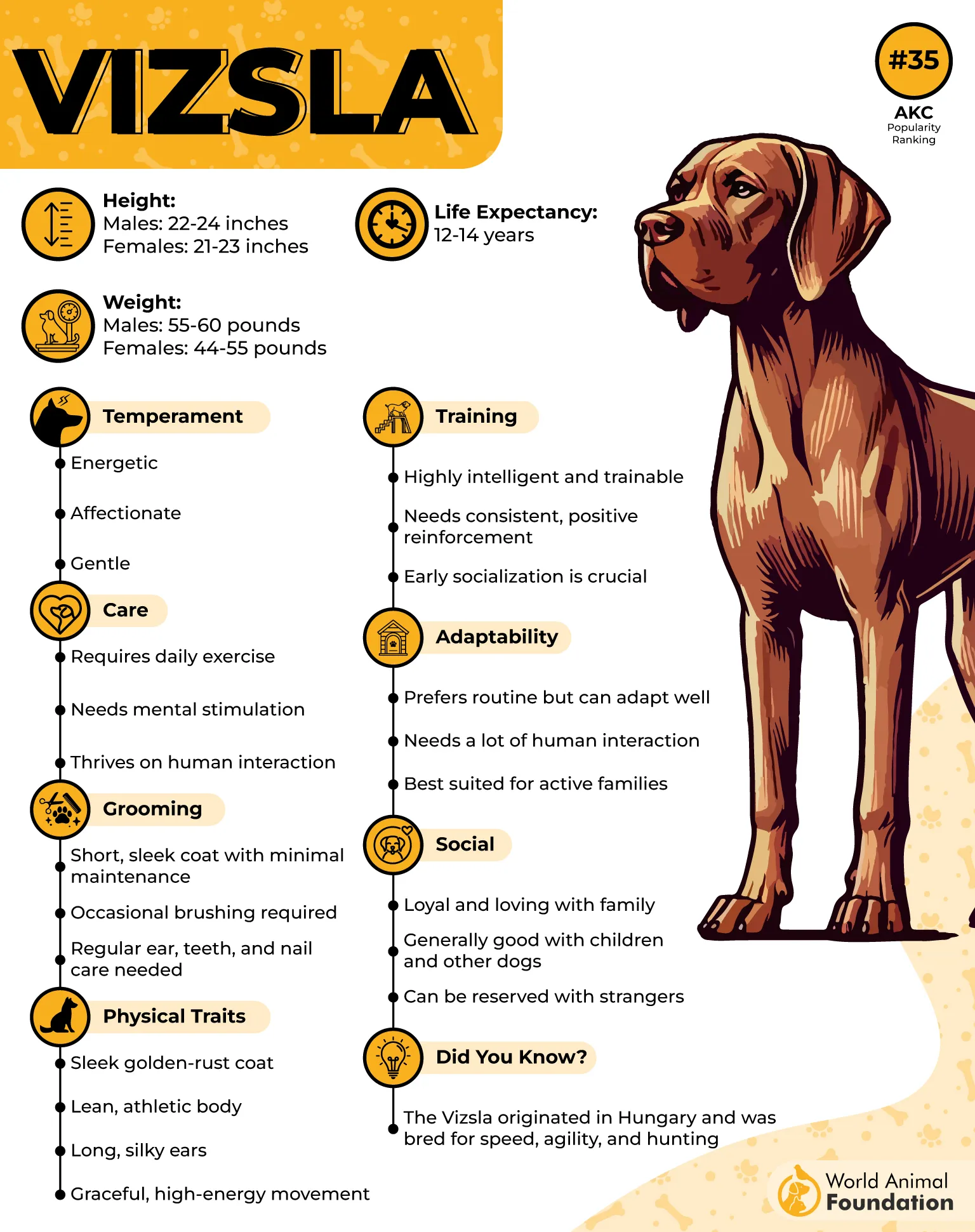
Close-Range Runners by Nature
One of their standout traits is their natural tendency to stay within the visible range of their handler, even off-leash. This “velcro dog” behavior doesn’t fade during running—if anything, it sharpens. The result is a high-speed companion that rarely strays far, no matter the landscape.
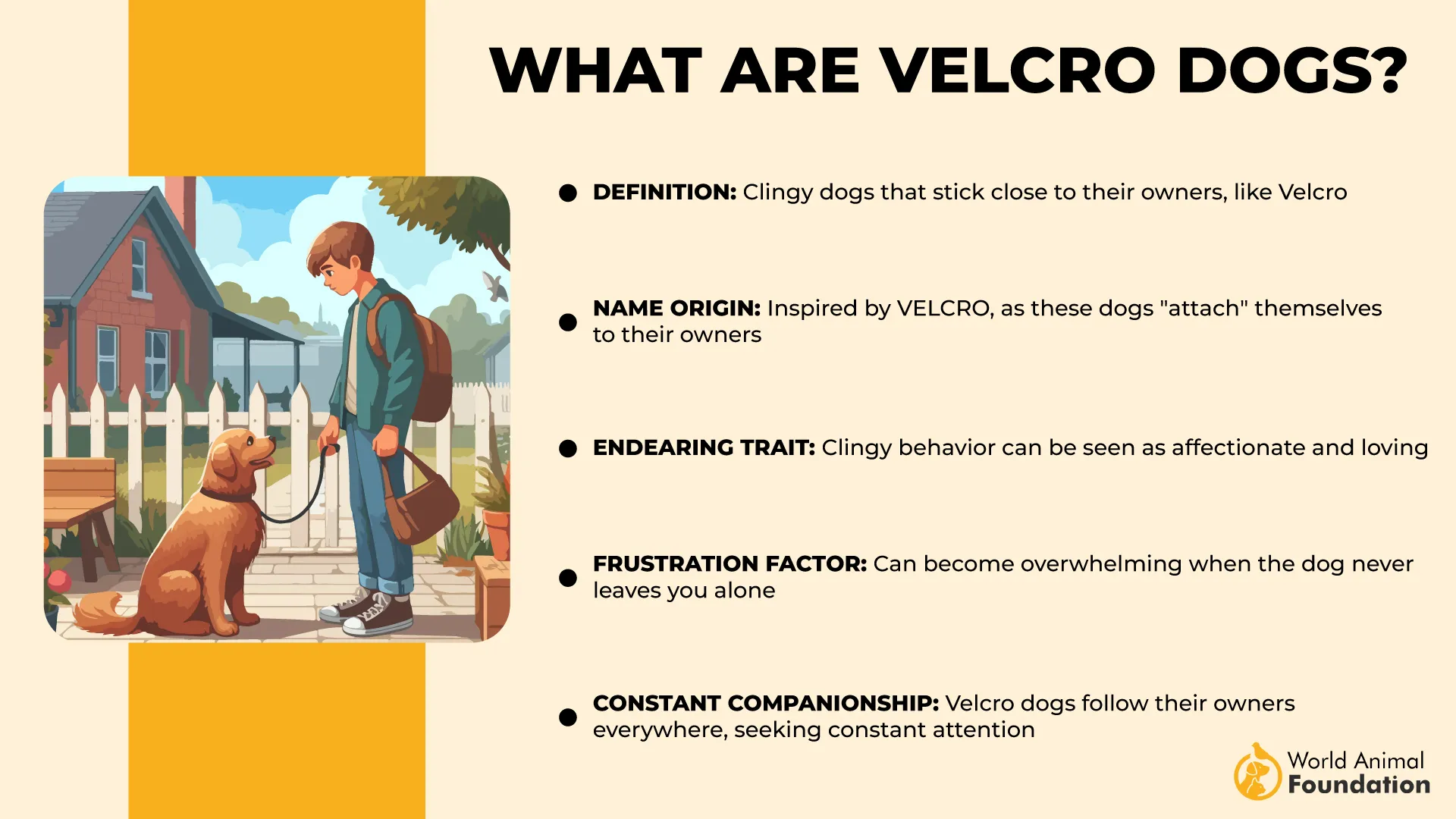
Physical Precision From Birth
Vizslas are born with a striking gait that maximizes efficiency without sacrificing control, used originally to traverse rugged Hungarian fields. What’s especially unique is that puppies begin showing that smooth stride within weeks.
6. Portuguese Water Dog
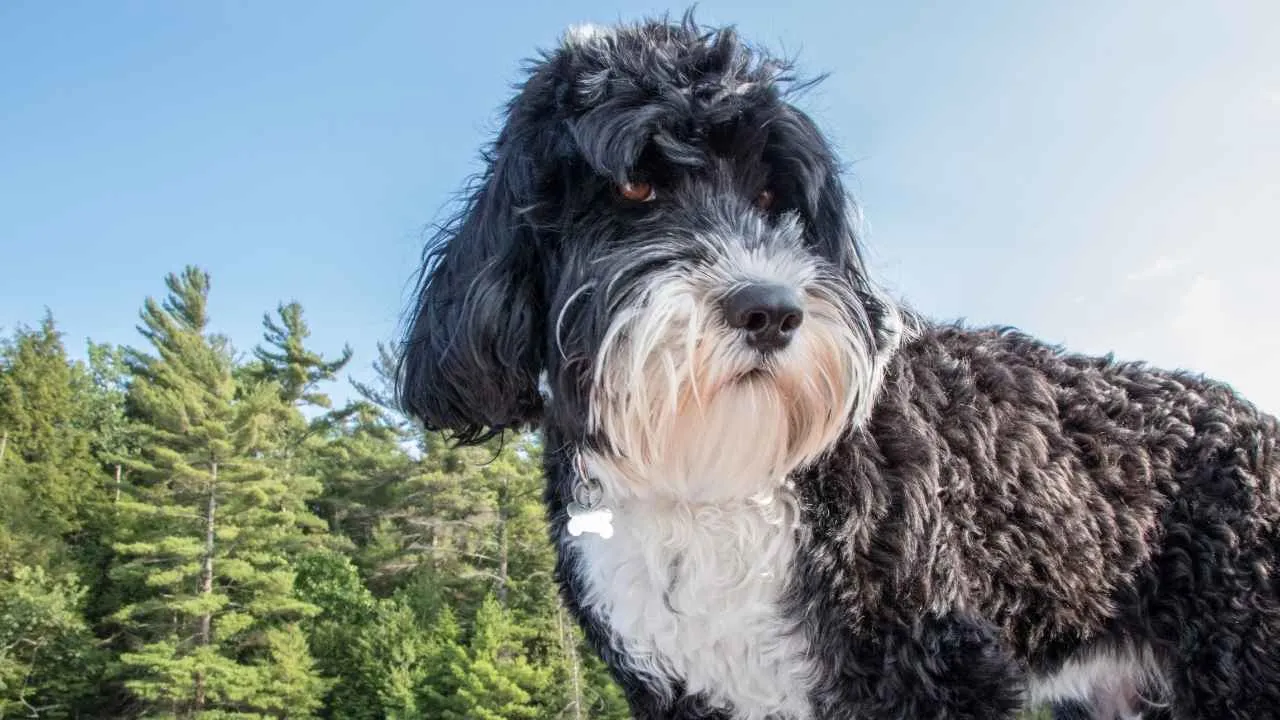
Centuries ago, these dogs worked on Portuguese fishing boats, diving into rough waters to herd fish into nets and carry messages from boat to shore. That physical history translates into remarkable agility and cardiovascular strength. On land, it gives them a rhythmic, fast-paced gait that lasts for miles.
Endurance Refined by Daily Work
They’re fast and they pace intuitively across varying terrain without constant prompting. Originally navigating jagged cliffs and sandbanks, they read subtle changes in footing mid-run. Their lung capacity also benefits from generations of ocean swimming, fueling extended bursts of activity inland.
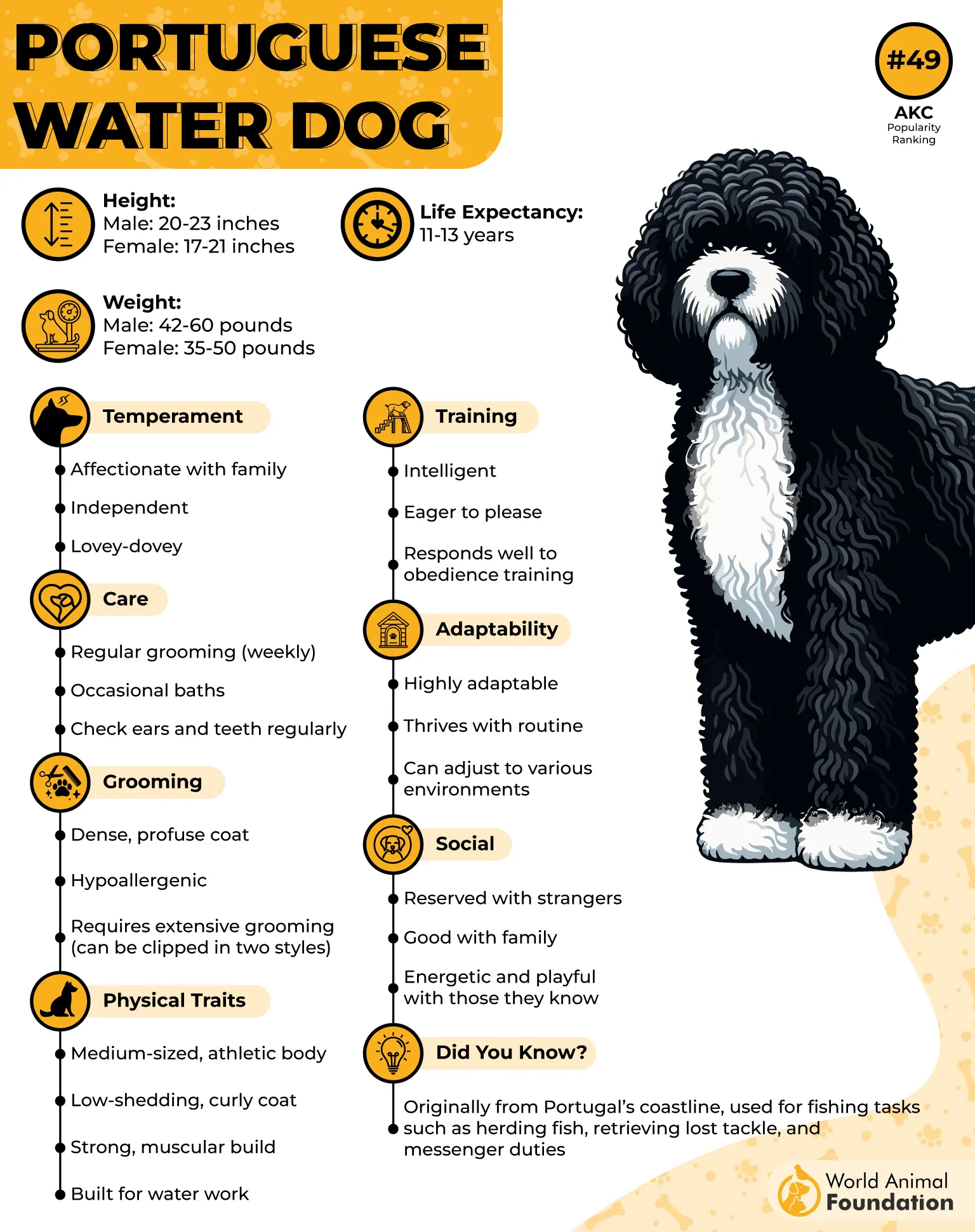
Reactivity Without Overstimulation
What sets them apart outdoors is their ability to maintain alertness without becoming scattered. They monitor space with a fluid awareness that helps them avoid obstacles at full speed. Combined with a sharp memory, they’ll often recall and return to specific paths even after just one exposure.
Iconic Coat That Matches the Environment
Their dense, curly coat isn’t for show—it was essential in icy Atlantic waters and still insulates well in colder, windy fields. Even after a long sprint through wet grass, their skin remains dry. That coat’s functional design is why the breed was once declared a national treasure in Portugal.
7. Dalmatian
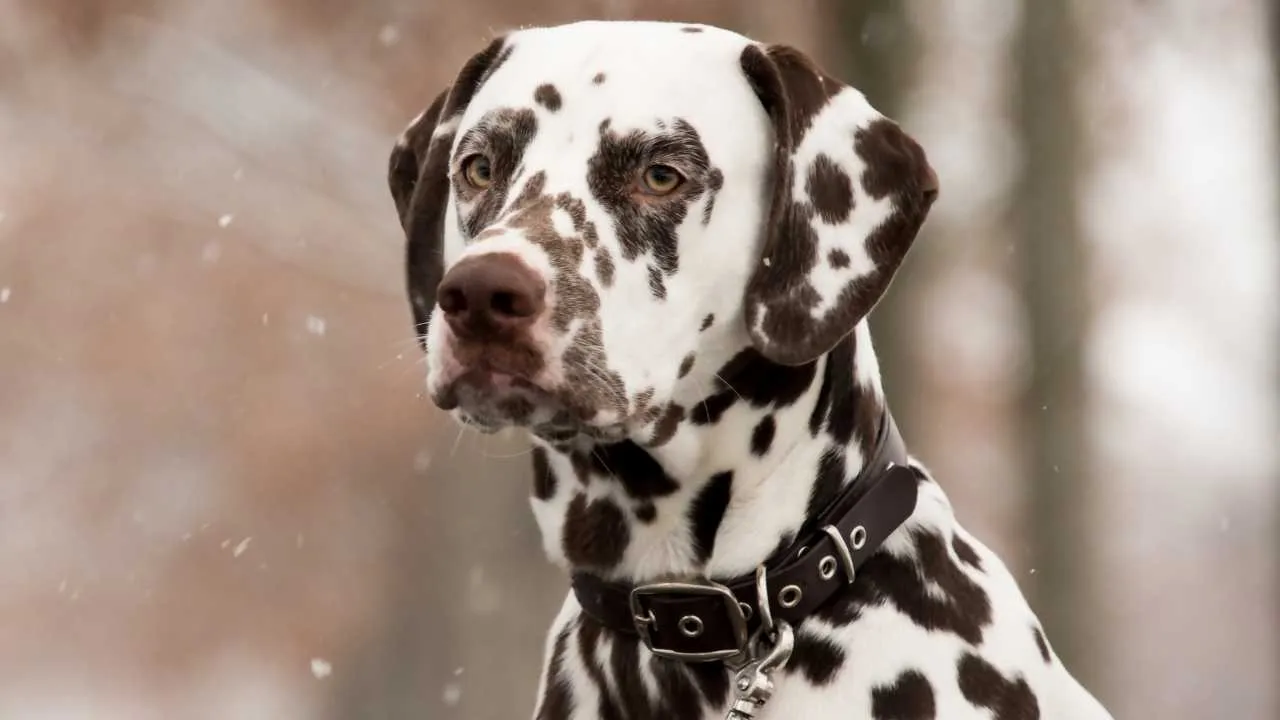
Originally bred to run alongside horse-drawn carriages, Dalmatians covered miles effortlessly, day after day. Their respiratory efficiency and lean muscle build allowed them to keep pace over long stretches of road. That historic stamina still defines how they behave in wide, open landscapes.
Highly Responsive to Terrain
Dalmatians adjust their gait instinctively based on field texture—whether it’s tall grass, loose gravel, or hard dirt paths. They maintain speed while staying aware of surface changes underfoot. That responsive movement allows for smoother long-distance runs without injury or slowdown.
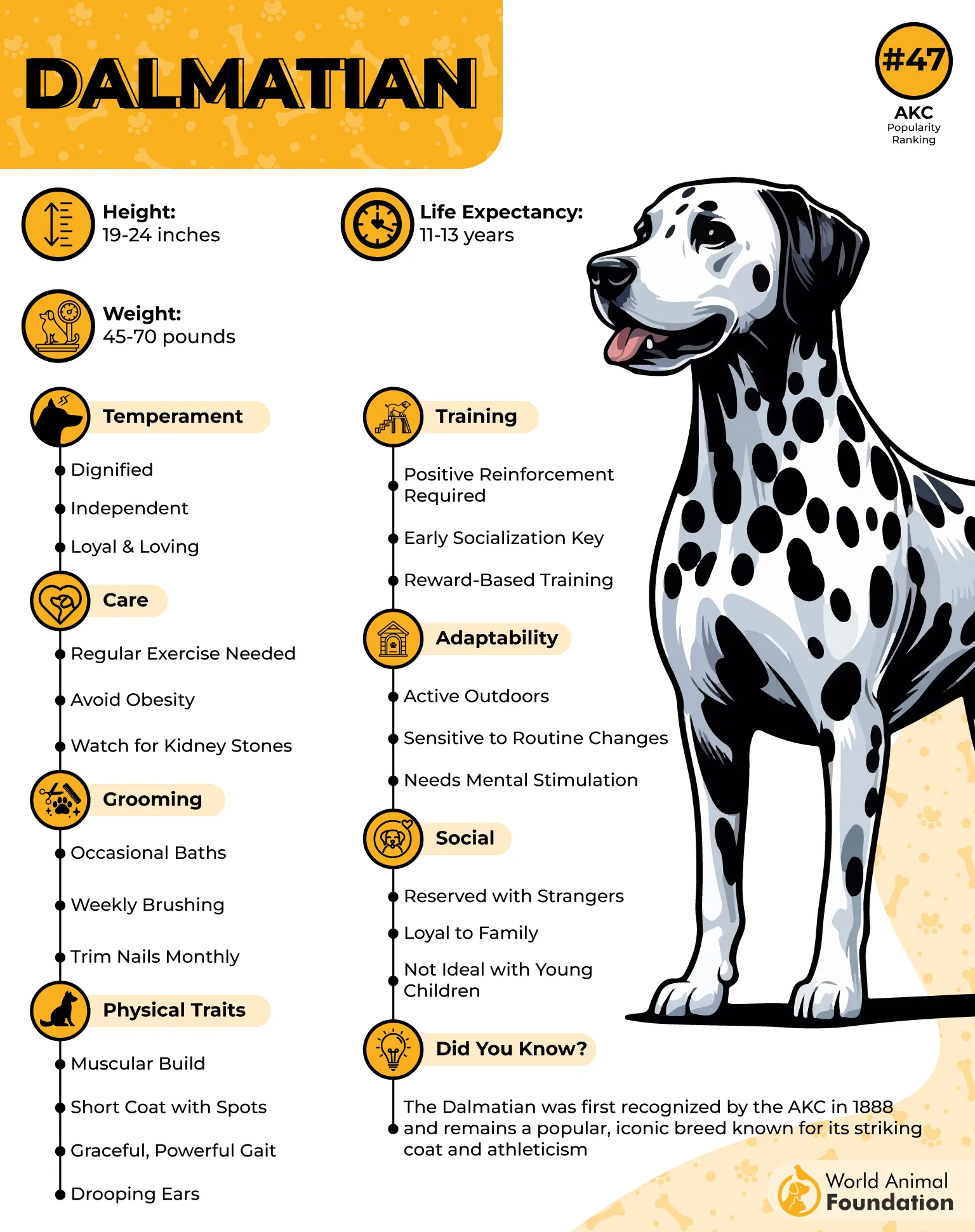
High Energy Paired With Precision
They show bursts of focused acceleration, often pacing themselves before switching into a full sprint. Their controlled energy makes them less erratic than many high-drive breeds during long outdoor play. It’s why they tend to match stride so well with runners or cyclists in rural areas.
A Legacy Built for the Road
One of the few breeds with a verified history as a coach dog, their job wasn’t just decorative—it involved constant motion and guarding. That combination of vigilance and movement persists in today’s Dalmatians. They’re naturally inclined to stay in motion, especially when the horizon stays wide and unobstructed.
8. American Foxhound

The American Foxhound was developed for day-long hunts on horseback, covering rough terrain without slowing down. Their energy output is steady, not erratic, which makes them suited for long, uninterrupted movement. Even after several miles, they stay light on their feet and alert to their surroundings.
Sharp Nose, Fast Feet
While running, this breed often stays low to the ground, nose scanning with precision. It picks up and follows scent trails at a speed that’s hard to match, especially in wide fields or woodland edges. That drive is instinctive—not trained—and continues as long as a trail remains active.
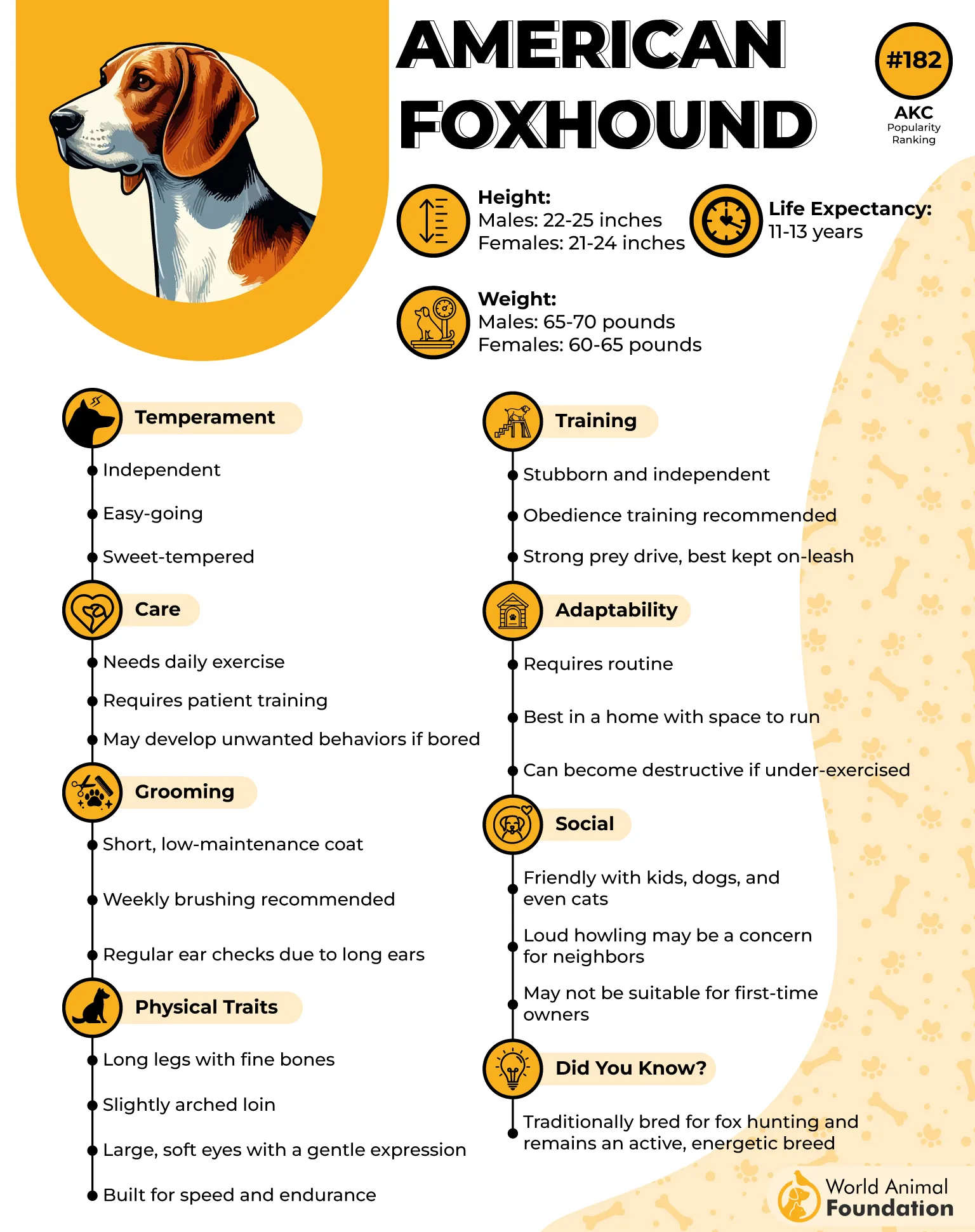
Lean Frame, High Lung Capacity
With long legs, a deep chest, and light bone structure, their physical form is designed for aerobic efficiency. Their lung capacity supports steady oxygen intake even during rapid, sustained runs. This makes them especially well-suited for high-mileage outdoor routines across farms or rural properties.
Sound Sensitivity and Independent Tracking
What sets them apart is their melodic bay—a vocal trait useful during tracking. Field handlers often note how the breed will independently pursue a path without constant direction. In fact, George Washington himself kept several Foxhounds, favoring their ability to run all day without distraction, as the AKC claims.
9. Australian Cattle Dog
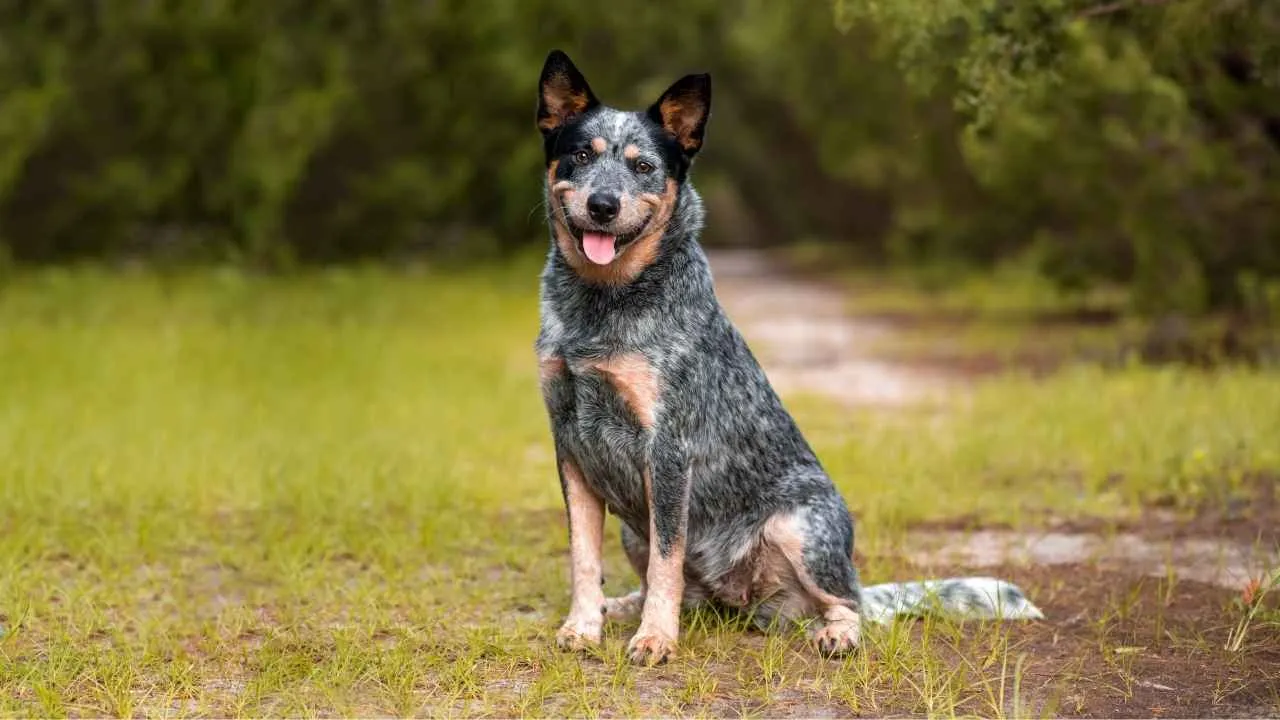
The Australian Cattle Dog can cover ground quickly without breaking formation—trained originally to nip at the heels of cattle without disrupting the herd. Their burst speed is paired with remarkable directional control, even during full sprints. This precision makes them effective in large, open ranges where structure still matters.
Energy That Doesn’t Dip Mid-Run
This breed isn’t prone to fatigue after the first few rounds across a field—they’re wired to stay engaged for long durations. Decades of working under the hot Australian sun shaped them for sustained effort. That history shows in how they pace themselves during extended activity without slowing down.

Instinct for Navigating Moving Targets
Movement triggers action in this breed, not from impulse, but from deep-rooted working memory. They analyze positioning, anticipate patterns, and respond fast without needing repetitive cues. These instincts turn routine field runs into mentally stimulating exercises, especially when working alongside fast-moving animals.
Legendary Stamina From Origin Breeding
Crossbred with Dingoes in the 1800s to withstand the harsh landscape, their lineage contributes to their exceptional endurance and resilience, as highlighted by Omlet.
This background gives them a different kind of toughness—less about brute force, more about staying alert and agile across unpredictable terrain.
10. German Shepherd
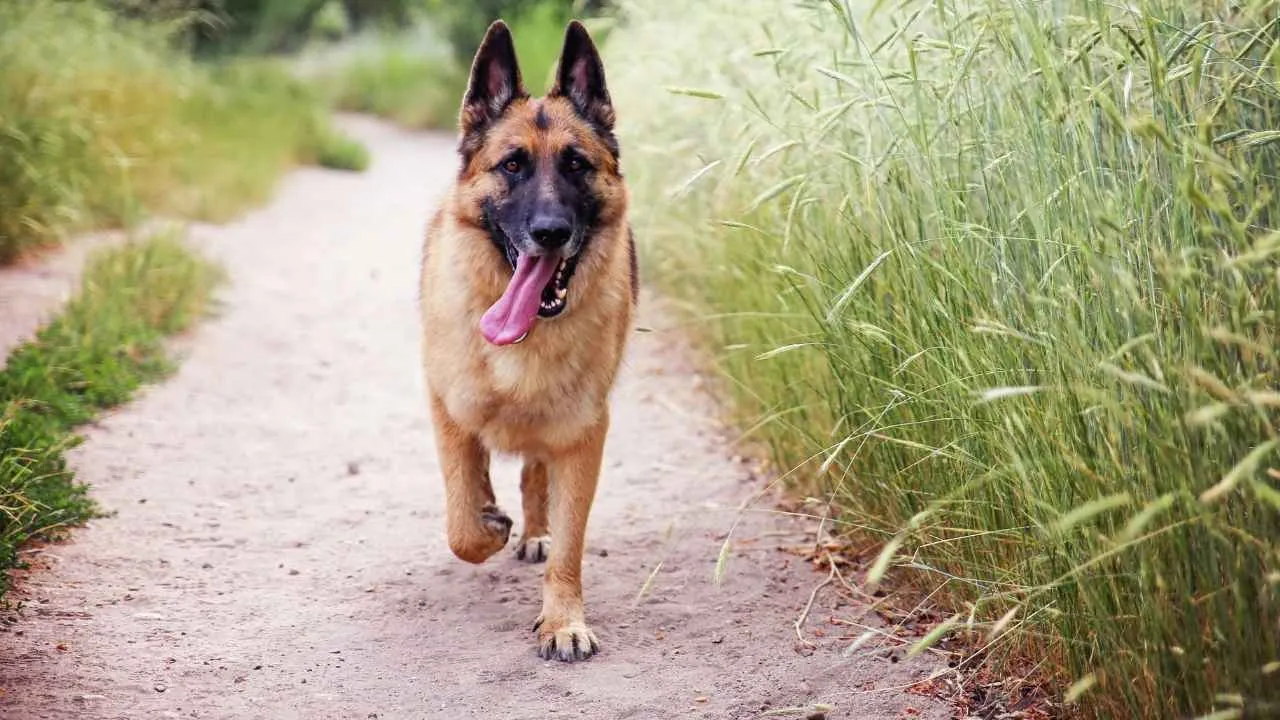
German Shepherds are known for their explosive start speed, which comes from a compact hind-leg structure that stores and releases force like a spring. This allows them to reach top speed quickly across large fields without losing balance. It’s a biomechanical advantage few breeds naturally possess.
Precision in Movement
Their gait has a signature diagonal pattern—right front with left rear—which supports ground coverage with minimal energy loss. This gives them a gliding motion that stays consistent across wide spaces. The smoothness of this movement is one reason they excel in off-leash fieldwork and agility trials.
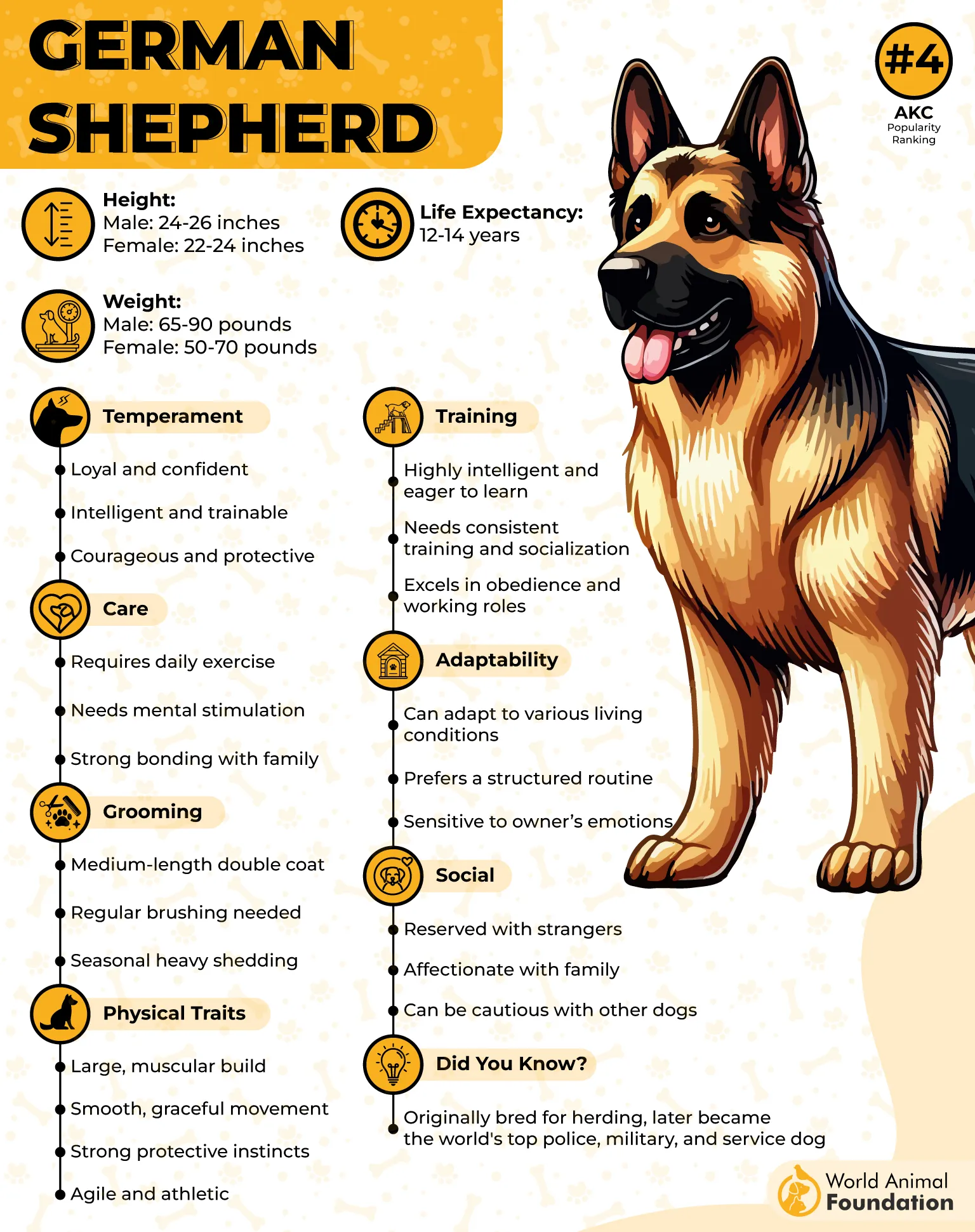
Focused Field Orientation
Even in open spaces with endless distractions, this breed maintains a laser-like focus on a handler’s cues. They’re highly responsive to directional changes while running, making them ideal for tasks that demand movement coordination across distances. Their past in tracking and patrol roles shaped this control.
Engineered for Duration
A double-layered coat protects them from heat loss during wind exposure in wide fields, while a strong lung capacity supports sustained exertion. These dogs have recorded field speeds of 30-32 mph and maintain endurance beyond the average canine.
Conclusion
Some dogs are just different. They don’t wait by the door—they wait by the field. These aren’t dogs that need a walk; they need movement, wind, and space. And if you’ve got even a little of that same spark, these are your people. Or rather, your dogs.
From sled dogs with strong legs to lean natural runners, certain breeds just feel better in motion. That’s not a maybe—it’s wired in. The best dog for open land isn’t about looks. It’s about energy. Bond. Trust. And pace.
So if your happy place is a dirt trail, or you’ve got a field that’s just waiting for paw prints—these dogs will make every step worth it. No matter your speed, your furry friend will keep up. Or maybe lead the way. Because when dogs thrive, you’ll feel it too.


